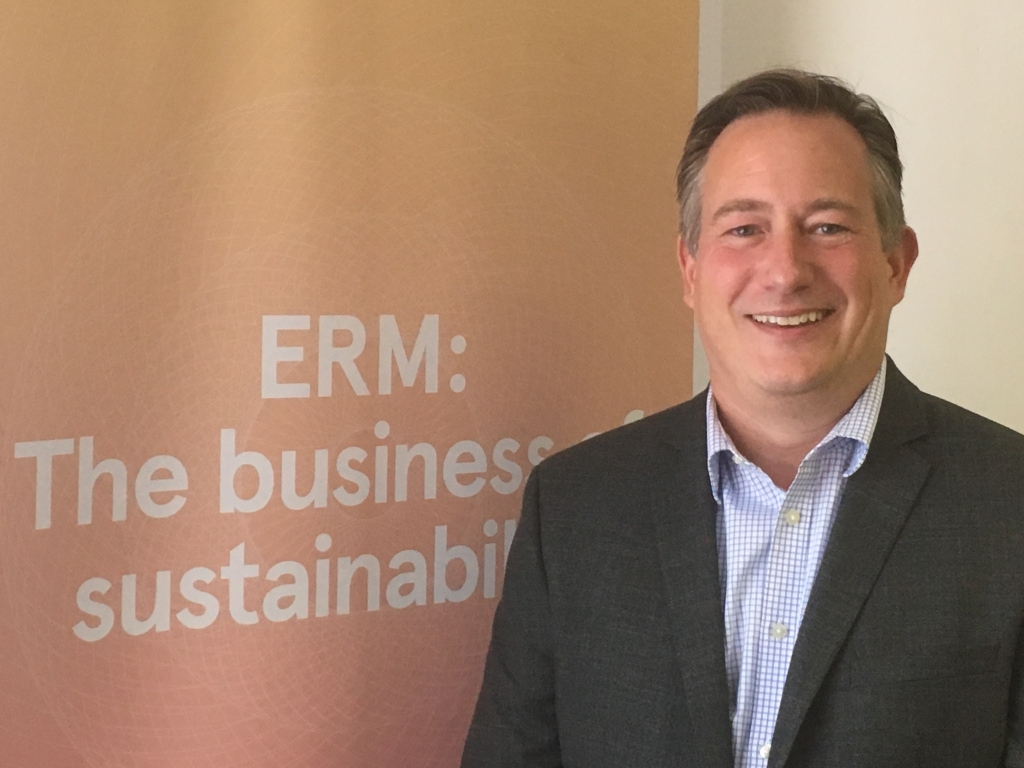ERM has had a long history of strong safety performance. Over many years, our rate of recordable and lost time injuries has been among the best in the industry. However, we remain in a state of ‘chronic discomfort’: how can we ensure that our employees and management continue to focus on those risks that ensure our safety?
Employees around the world report accidents, incidents, and near misses into our Event Communication System, documenting the event, its severity, an analysis of what happened, and the corrective actions taken as a result. Approximately four years ago, we modified this system: in addition to reporting on the actual severity of the incident, we began also reported on potential severity. We defined ‘Potential Severity’ as a reasonably realistic consequence of the event, given the controls in place. As we describe it to our employees: the difference between Actual Severity and Potential Severity is LUCK!
Prevention
To help to prevent Serious Injury or Fatal (SIF) events from occurring, which by definition are high Actual Severity events, we track, investigate, learn from and attempt to reduce high Potential Severity events. As a quantifiable metric, we’ve introduced the concept of High Risk Event Rate and set a goal of a 10% reduction over the last fiscal year.
High Risk Event Rate is calculated based on the number of High Potential Severity events that are reported over a rolling 12-month period, multiplied by 200,000, and normalized by the hours worked over the same period. We determine our percent reduction against the rate calculated over the same period in the previous year.
During the roll-out and socialization of this metric, we experienced a few challenges.
Potential Severity can be subjective and was being assessed inconsistently across the organization. We addressed this in a couple of ways:
- Established a detailed Severity Matrix that provides example situations and corresponding severity (measured on a scale of 0 to 10), to drive consistency.
- Training sessions around the meaning of ‘reasonably realistic’, including real-world examples, to drive organizational calibration.
- Development of a real-time dashboard for local Safety professionals, to drive visibility.
Organizational understanding of the High Risk Event Rate Reduction metric took time to develop. The organization clearly understands and is very comfortable with a Total Recordable Incident Rate (TRIR) reduction metric; however, for some reason, the concept of a High Risk Event Rate reduction was more difficult to embed. We were also cognizant that the establishment of such a metric may lead to a change in reporting behaviors, which was undesirable, rather than improved safety behaviors, which was the goal!
We increased organizational comfort with the following methods:
- Improved articulation. We better defined the purpose of tracking Potential Severity and the value of reducing the Potential Severity Event Rate.
- Increased visibility. We included the revised metric in our monthly Safety Reports.
- Removed barriers to accurate reporting. By design, we did not include the Potential Severity Event Rate metric as part of the Leadership Team’s balanced scorecard, to ensure there were no disincentives to proper reporting.
The program has been in place for the past six months and is gaining traction. Organizationally, we are much better at discussing the concept of Potential Severity and understanding the implication of high Potential Severity. We now focus our near-miss root cause analyses on those incidents and events where we are more likely to learn valuable lessons. And we can now better answer the question we often ask ourselves when discussing Safety:
The question is: Are we lucky, or are we good?!
Rob Junnier, P.E., CSP Partner – Global Director of Safety Programs, ERM
The views expressed in this blog post are that of the author and do not necessarily represent the opinions of the Campbell Institute.



Add Comment